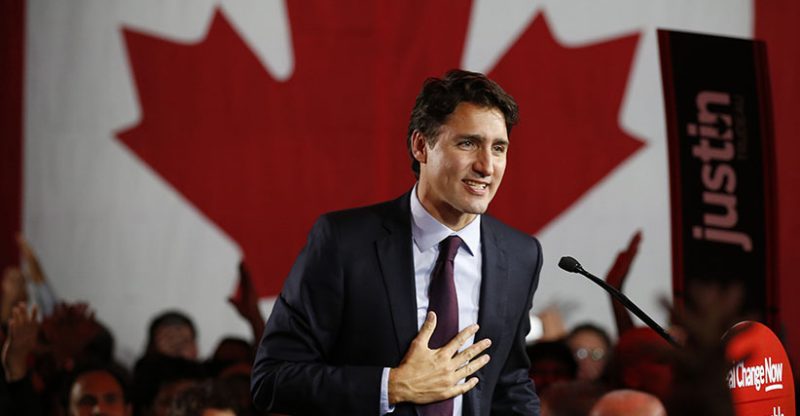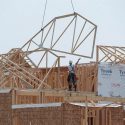Performance Of Canada’s Real Estate Since Trudeau Regime – So Far
A year back, the Liberal Party took victory home making Justin Trudeau the latest Prime Minister of Canada. But how has this administration performed as far as the real estate sector ever since he stepped into office, to know whether or not the end result is pleasing
#1. Increase In House Prices
The price of houses in Canada skyrocketed. The average price for a house in Canada went from $503,100 to $576,100, causing a price gain of 14.44%. While back before he took over, the 10 year benchmark of yearly appreciation was at 5.4 per cent. It’s a win-lose situation, as homeowners are quite happy to have their net-worth increased, although reasonable housing activists are concerned about the surging price of homes especially for first time home buyers .
#2. Slight Increase In Gross Domestic Product (GDP)
The upside is that, the economy of the country seems to be expanding after adding another 0.5 per cent to their GDP from the previous year, which tells a lot. The downside to this is that areas like Ontario and British Columbia only saw growth in their real estate sector. An event of a housing market adjustment will cause the gains to be streaked out and not counted as increase, taking along with it further portion of the GDP.
#3. Worth Of Canadian Dollar Increased…. More Or Less
The Canadian dollar finally had a modest win over the US dollar by gaining by 1.2%, which contrasted from the 1.65 fall for the past decade. However, this happened before Trudeau came into power, and after the closing of the US Quantitative Ease programs in the latter part of 2014, during the latest QE round. So to say, this concludes that the loonie was not being preferred over the American dollar.
#4. Strict Rules On Borrowing A Home
To address the issue of the rapid increase of home prices, the government took it upon themselves to have a stress test introduced for insured borrowers. One which requires a borrower to qualify at a much higher mortgage rate before they can be able to get a mortgage, a method which is sure to work. Those with less than 20% down payment will be need to get insured mortgages. Thus, the rate of borrowing will decline by 25%. The consequences of rising rate will need the borrowing risk to be lowered down.
#5. Increase In Rate Of Employment
Although there were more availability of jobs in the country, the percentage of millennials working full-time jobs went down by 0.37, as they were not the only recipients of the added job opportunities. The rate of employment for millennials went down by 0.32%, which is quite different from the 1.97 per cent average increase over the past decade. To sum it up, it did no good at all.
The result may not be pleasing, however, as we know – this is just Trudeau’s first year. His plans are yet to come to pass in the years to come.





